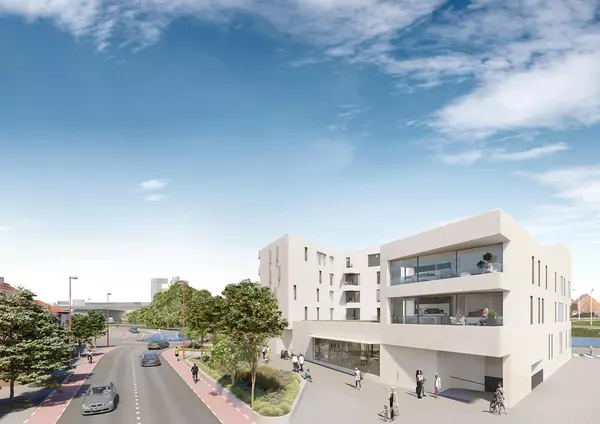Opinion: Poor decisions on Lake Hodges risk disaster
In the 1974 classic “Chinatown,” water wasn’t just water — it was power. Los Angeles power brokers quietly drained reservoirs, drove up scarcity, while ordinary citizens paid the price in higher costs and lost trust.
Half a century later, San Diego County is living its own version of “Chinatown,” and the stage is set at Lake Hodges.
Two years ago, the state declared the 106-year-old dam “unsatisfactory” and ordered water levels lowered — not because of a proven imminent failure, but based on theoretical earthquake models that never tested the dam’s unique multi-arch structure. What they didn’t factor in was the much greater and well-documented risk of wildfire in the exposed lakebed.
That single decision — keeping Hodges 13 feet lower than safe, historic norms — has already forced the release of 12 billion gallons of our cheapest water source. If stored and used, that water could have saved ratepayers $109 million to $120 million compared to desalinated water, or $46.6 million to $54 million compared to Pure Water San Diego. Instead, we’ve been buying high-priced imported or desal water — driving up water rates and, inevitably, the cost of housing and development.
Meanwhile, those artificially low levels have created 500 acres of dry, invasive grasses with moisture content under 5% — a ready-made runway for the next Santa Ana wind-driven fire. The Witch Creek and Cocos fires proved exactly how fast and far flames can spread through this corridor. One fire here could cost billions in property loss, destroy the San Dieguito River Valley, and wipe out habitat for 26 endangered species.
The facts are clear. There’s 500 times more risk of a catastrophic wildfire than a dam failure over the next five years.
And that’s not all we’re losing. The lowered lake has rendered useless a $208 million hydroelectric and water transfer system — paid for by ratepayers — that could be delivering renewable “free” power to 26,000 homes and transferring low-cost water to the Olivenhain Reservoir. Without a rebuilt dam, that investment sits idle, costing the Water Authority another $3 million a year in lost operational value.
In “Chinatown,” the tragedy was the sense of inevitability, that the public couldn’t stop the machine. But here, inevitability is a choice.
Rebuilding Lake Hodges Dam is not just a safety measure; it’s an economic and environmental necessity. Yes, costs have climbed — recent estimates put them between $474 million and $697 million — but that’s a one-time investment with multiple revenue and savings streams:
— Lower water rates by using our cheapest local supply.
— Restore renewable power to 26,000 homes.
— Reduce wildfire suppression costs, which average $312 million annually in San Diego County.
— Protect billions in property value and irreplaceable ecological resources.
Our coalition, RaiseLakeHodges.org — joined by the Citizens Advisory Committee for the San Dieguito River Valley, Sierra Club, Del Dios Town Council, Rancho Bernardo Community Council and multiple Homeowners Associations — has laid out the economic, safety and environmental case in detail.
We still have time to avoid a “Chinatown” ending. Rebuilding Lake Hodges now will keep rates in check, protect our communities and restore an asset the region has relied on for over a century.
If we delay, we’re not just risking higher water bills — we’re gambling with lives, property and the health of an entire watershed. The choice is ours, but the clock is ticking.
In “Chinatown,” the advice was to “Forget it.” In San Diego, we should remember — and act.
Bernstein is a physician and a member of the advisory committee for the San Dieguito River Park. He lives in Escondido.
Categories
Recent Posts










GET MORE INFORMATION


